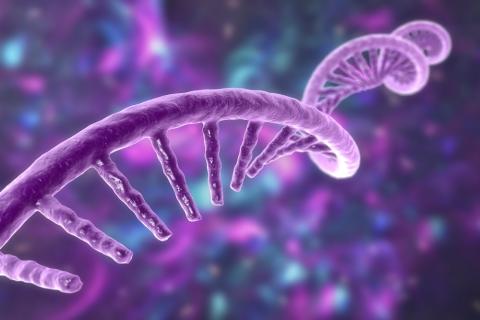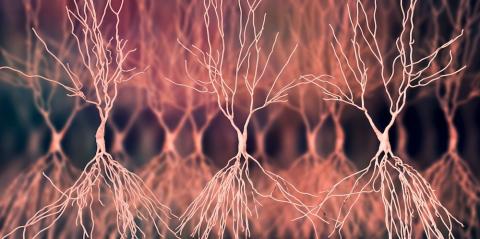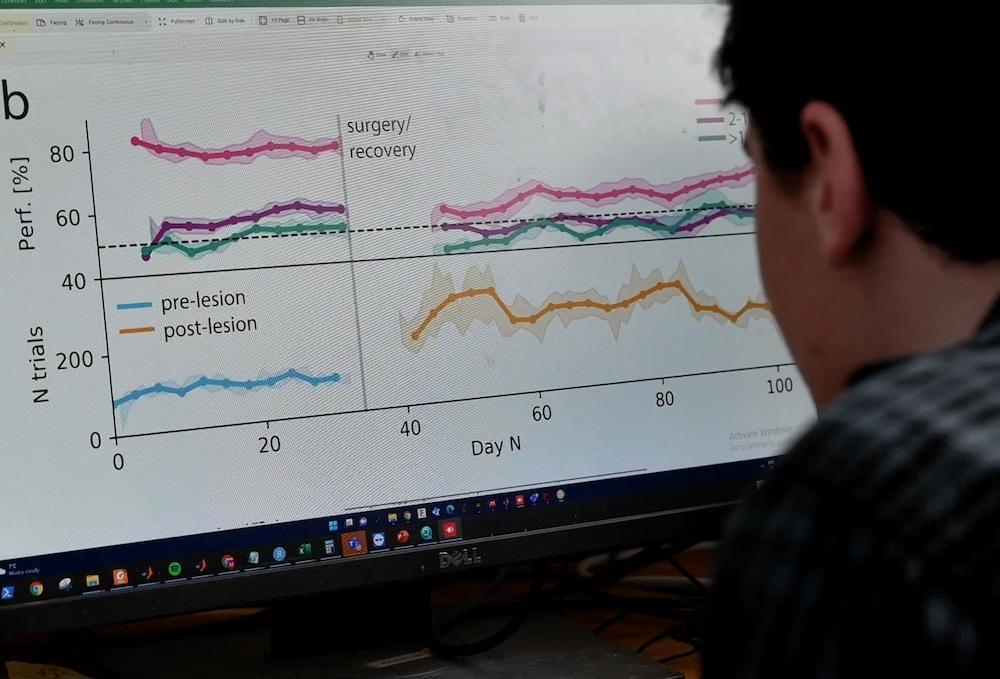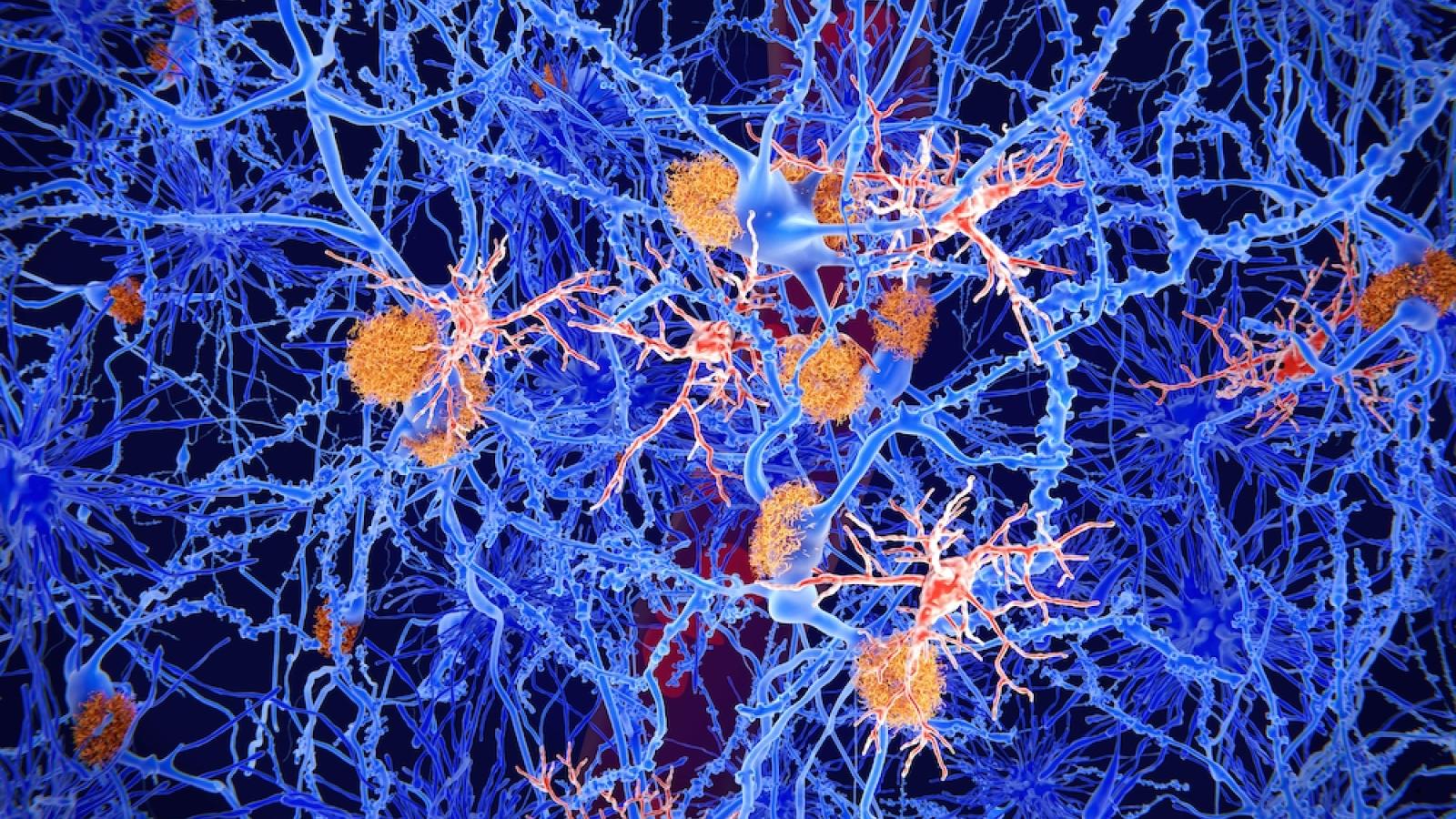Understanding early brain changes in Alzheimer's
Dr Julija Krupic's research investigates early changes in the brain linked to Alzheimer’s disease and explores potential ways to slow down or prevent its progression. Alzheimer’s is a leading cause of dementia, characterised by a build-up of toxic proteins, increased inflammation, and gradual loss of brain cells, particularly in areas important for memory and navigation.
The Krupic Lab studies these changes using mice, especially focusing on the hippocampus and entorhinal cortex, which are affected in early stages of Alzheimer's and play a crucial role in memory and spatial orientation.
Latest news



Dr Julija Krupic
Dr Julija Krupic is a Group Leader at the UK DRI at UCL. Find out more about her career and expertise on her profile page.

Research summary

The team has developed an AI-based home cage monitoring system (smart-Kage) for comprehensive cognitive and behavioral assessments, allowing them to study how movement and sleep patterns evolve during disease progression and correlate with spatial memory and path integration changes.
Credit: Cambridge Phenotyping
Understanding early changes in neuron-glia circuits in Alzheimer’s disease
Dr Krupic’s research focuses on identifying key early changes in Alzheimer’s disease within the hippocampal-parahippocampal neuron-glia circuitry and investigating effective interventions to counter these changes. Alzheimer's disease is marked by a complex pathology that includes the progressive accumulation of amyloid-beta proteins and neurofibrillary tangles, heightened inflammation, and a loss of synaptic and neuronal function. To understand how these factors drive disease progression over time, Julija’s team uses mouse models of Alzheimer's to examine the interactions between these pathological domains. Among the first brain regions affected by Alzheimer's, the entorhinal cortex and hippocampus are crucial for spatial learning, memory, and navigation. Notably, impairments in the path-integration task are some of the earliest cognitive deficits observed in presymptomatic Alzheimer's patients and individuals at higher risk. Therefore, the Krupic Lab utilizes path integration and other spatial memory tasks to assess cognitive changes in mice and correlate these with neuronal and glial cell firing and network activity.
To observe physiological changes and relate them to Tau and amyloid-beta accumulation, the team employs two-photon imaging in mice navigating virtual environments. Additionally, they use Neuropixels probes, which allow for the recording of large neuronal populations across multiple brain regions at millisecond resolution. This technique enables the measurement of changes in synaptic efficacy across different cell types and regions. Beyond virtual environments, the team has developed an AI-based home cage monitoring system (smart-Kage) for comprehensive cognitive and behavioral assessments, allowing them to study how movement and sleep patterns evolve during disease progression and correlate with spatial memory and path integration changes.
A central aim of Julija’s research is to understand how various pathological components interact and influence Alzheimer's progression, as manifested in cognitive and behavioral changes, to guide effective disease-altering interventions. This includes investigating how recently discovered protective genes, such as the Christ Church and Reelin variants, affect Tau spread and neuron-glia activity patterns, potentially slowing disease progression. Such findings may support the development of gene therapies and other treatment strategies.
Finally, Julija’s team leverages insights from mouse models to advance early diagnostic strategies in humans. For instance, based on smart-Kage work, they have developed a mobile, unsupervised cognitive and behavioral testing system for humans to detect early signs of entorhinal-hippocampal dysfunction. In collaboration with Dr Dennis Chan at University College London, this behavioural testing is being integrated with electrophysiological readouts to enhance understanding of early disease pathophysiology.
Major projects
Key publications
Lab members
- Dr Pauline Kerekes (Postdoctoral Researcher)
- Hinze Ho (Research Assistant)
- Marino Krstulovic (Research Assistant)
- Nancy Andrew-Jaja (Student)
Vacancies
Collaborators






Lab funders
Thank you to all those who support the Krupic Lab!


